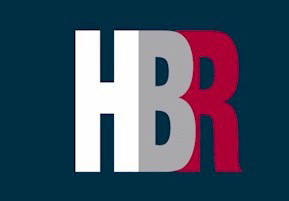
Revenue Management, also known as yield management, may be defined as the process of analyzing, anticipating, and impacting consumer behavior to maximize the profits from a fixed perishable resource, primarily hotel guest rooms and airline passenger seats (Christodoulidou, Berezina, Cobanoglu, 2012). Revenue management, including overbooking and dynamic pricing, has been an enormously important innovation in the service industry (Netessine & Shumsky, 2002). For example, a number of airlines overbook their reservations for a particular flight by 14% since on average they expect a 10% to 20% no shows on flights. The Marriott hotel chain credits its revenue management system for generating additional revenue of about $100 million per fiscal year. READ MORE









